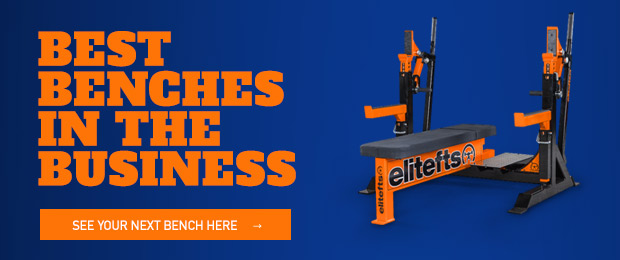
This one falls under one of my pet peeves in powerlifting, but I get it because I used to do it.
We think about the bench as a press-only movement. Meaning I'll get the bar to my chest THEN the work starts. The problem with this is it sets you up for a less than stellar bench. Imagine free falling in the squat- what's that going to look like when you go to redirect in the hole? If you guessed shit show, you'd be correct. So why do you do it in the bench?
Exhibit A, guilty party...your's truly
[youtube=http://www.youtube.com/watch?v=q4HqisQO1gY]
Now this isn't terrible. But you can see me letting the bar sink and then turning on my leg drive to heave it off my chest. There are benchers that do this with success- like Jeremy Hoornstra- but I'm pretty sure he can bench any way he wants to and it would be stronger than 99.9% of the powerlifting world.
Exhibit B, also me, but better
[youtube=http://www.youtube.com/watch?v=k3vk3__EN2g]
The weights are the same. Obviously one is training and one is competition. But let me explain a couple things that I think you can pick up on visually...
1. Leg drive- notice the tension in my legs as I unrack the bar. Leg drive is turned on HARD from the beginning. I'm using my leg drive to unrack the bar. I'm also using it to help meet the bar as high as possible while using my lats and upper back to 'pull' it to my chest. This prevents wasting energy using my chest and triceps to slow down the weight or 'reverse press it.'
2. When I go to press, I'm not driving any harder with my legs but I start externally rotating at the hip. This keeps my ass on the bench and transfers all of the leg drive up to my traps (the way I like to think of it), which is how it gets to the bar. By keeping tension the whole time I'm not losing any leg drive.
I told you all of that to tell you this- your leg drive is not a gas pedal. Or if you like to think that it is, then stand on it the whole time.









